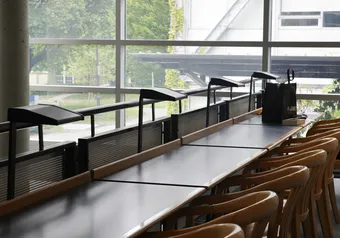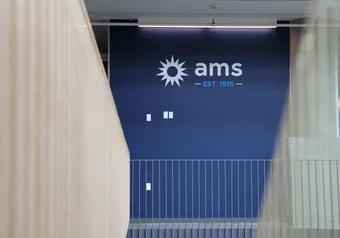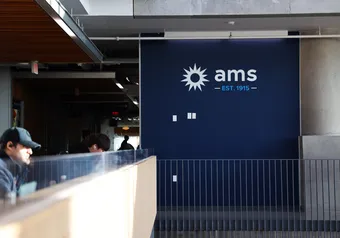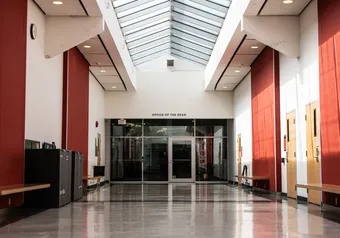UBC’s annual enrolment report shows an increasing number of international and aboriginal students compared to fixed domestic student growth.
The 2014/15 enrolment report shows an exponential growth in international undergraduate students, rising 119 per cent since 2009. Aboriginal student enrolment has also increased by 33 per cent from 2009-2014. These numbers are due to proactive recruitment targeting both of these populations.
In comparison, the population of domestic students has grown by 4.9 per cent. International students currently take up 23 per cent of the entire undergraduate student body and 32 per cent at the graduate level.
The ratio between domestic and international students at UBC depends on a few factors.
“It first starts from a letter sent to the university from the Ministry of Education that comes every July. It refers to the mandate for each of the post-secondary [institutions],” said Pam Ratner, interim vice-provost and associate vice-president enrolment and academic facilities.
In this letter, the ministry sets the target number of domestic students to be enrolled at UBC — meaning how many students they’ll subsidize.
“UBC has historically over-enrolled above those [numbers] specified by the government. So for this year, 2015-16, we’re just about four per cent over the number of [enrolment] for domestic students,” explained Ratner.
After the enrolment cap for domestic students has been set, the university moves on to determine how many international students they can accept. According to Ratner, UBC has the capacity to enrol more students than their mandate outlines thanks to resources and the interest of international students in the programs.
Karen Mckellin, executive director of International Student Initiative, notes that such interest from international students in studying abroad is the driving factor for rapid enrolment growth, but active recruitment also plays a role.
“The international education scene is competitive and we do have to recruit,” she said. “We have a recruitment team here at UBC that spends many days on the road [and] who reaches out to students virtually through websites, social media [and] a number of other channels.”
Also of note is the trend of aboriginal student enrolment, which has increased by 33 per cent from 2009-2014 along with a 2.7 per cent decrease in 2015. Destination UBC is an example of a successful recruitment initiative to attract domestic students outside of Vancouver, including aboriginal students.
“Destination UBC provides an opportunity to spend a weekend on campus and become familiar with campus life. The activities and programs are available to all students, be it local or further afield,” said Andrew Arida, director of undergraduate admissions. “There’s also a program specifically to welcome aboriginal students. They will come a day early as part of Destination UBC for an extended welcome to campus.”
Ratner attributes the UBC Langara Aboriginal Transfer Partnership as another initiative that helps aboriginal student growth on campus. The partnership allows aboriginal students who have completed specific program requirements in Langara to transfer to certain degree programs at UBC.
“We’re also ensuring to have good financial support. One of the misconceptions for aboriginal students is that a lot people think that they’re all funded to attend when in fact it isn’t the case. If they are an urban aboriginal, they won’t have access to band funding,” said Ratner.
First online
Share this article








